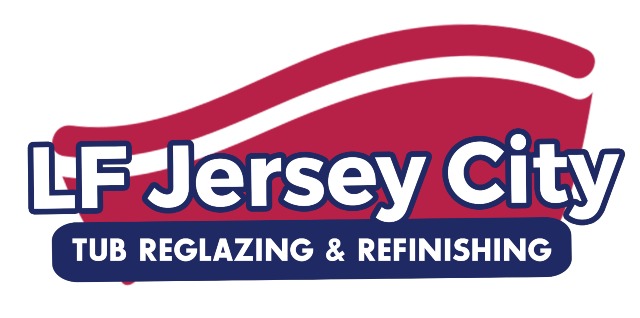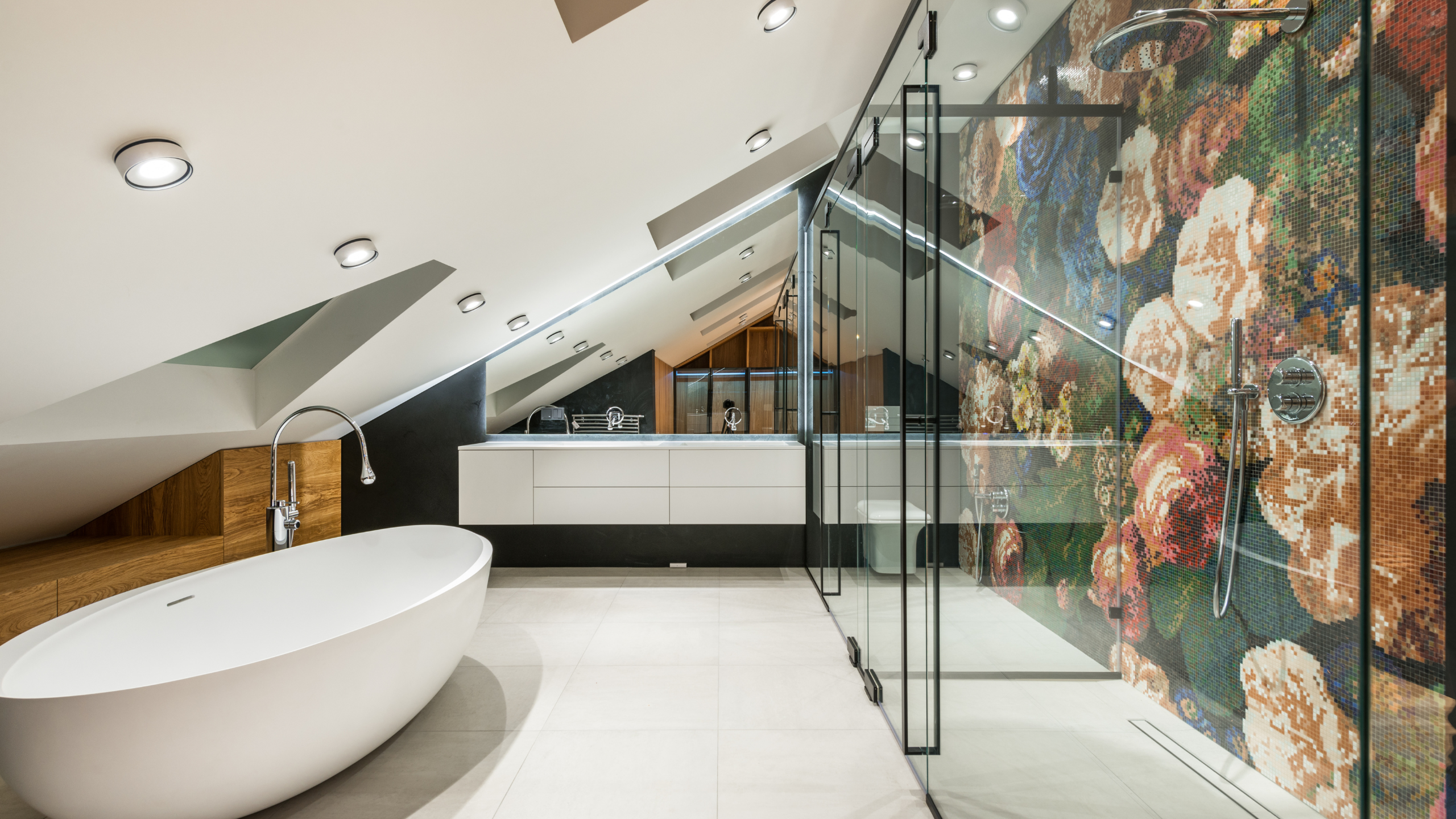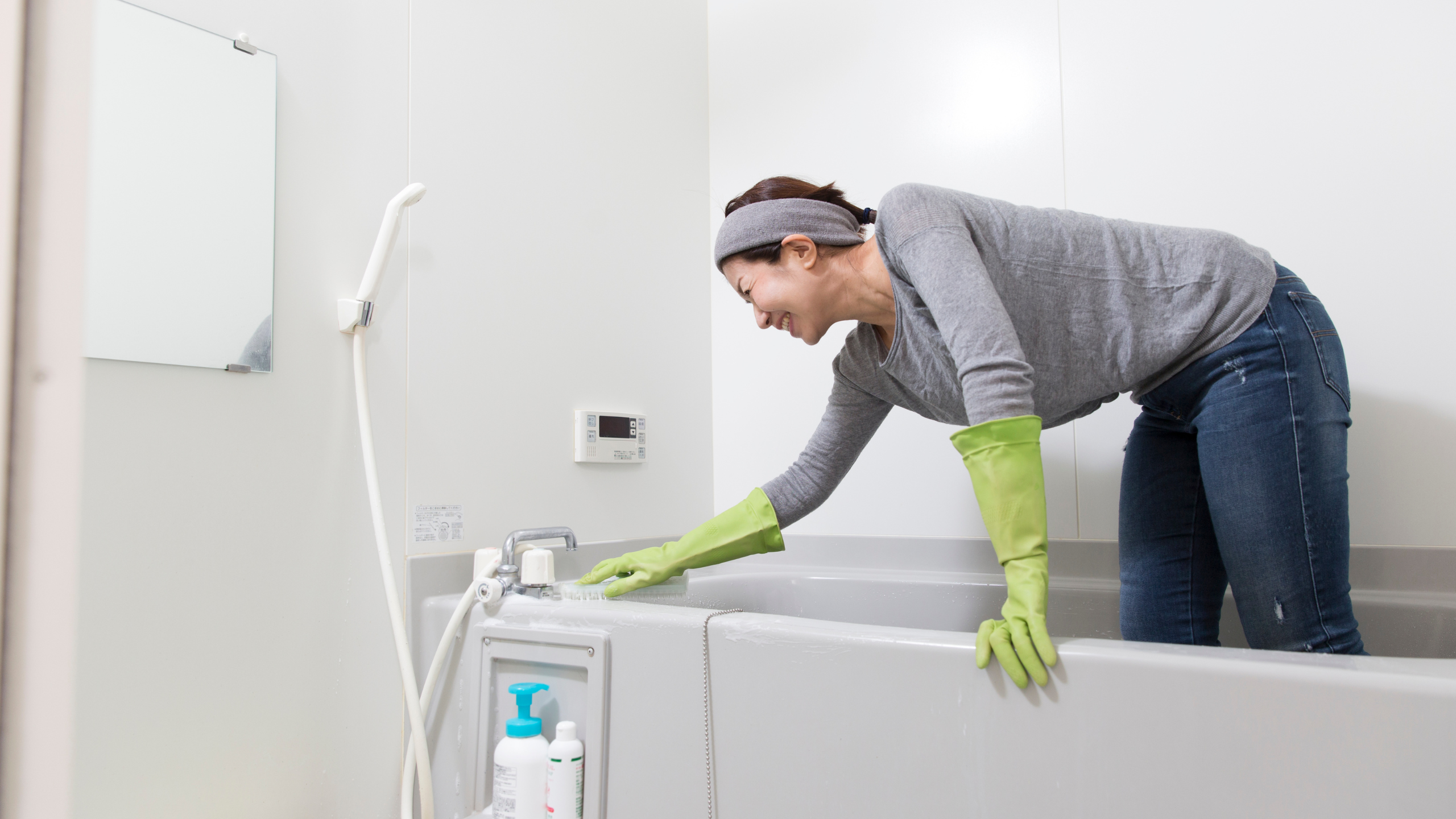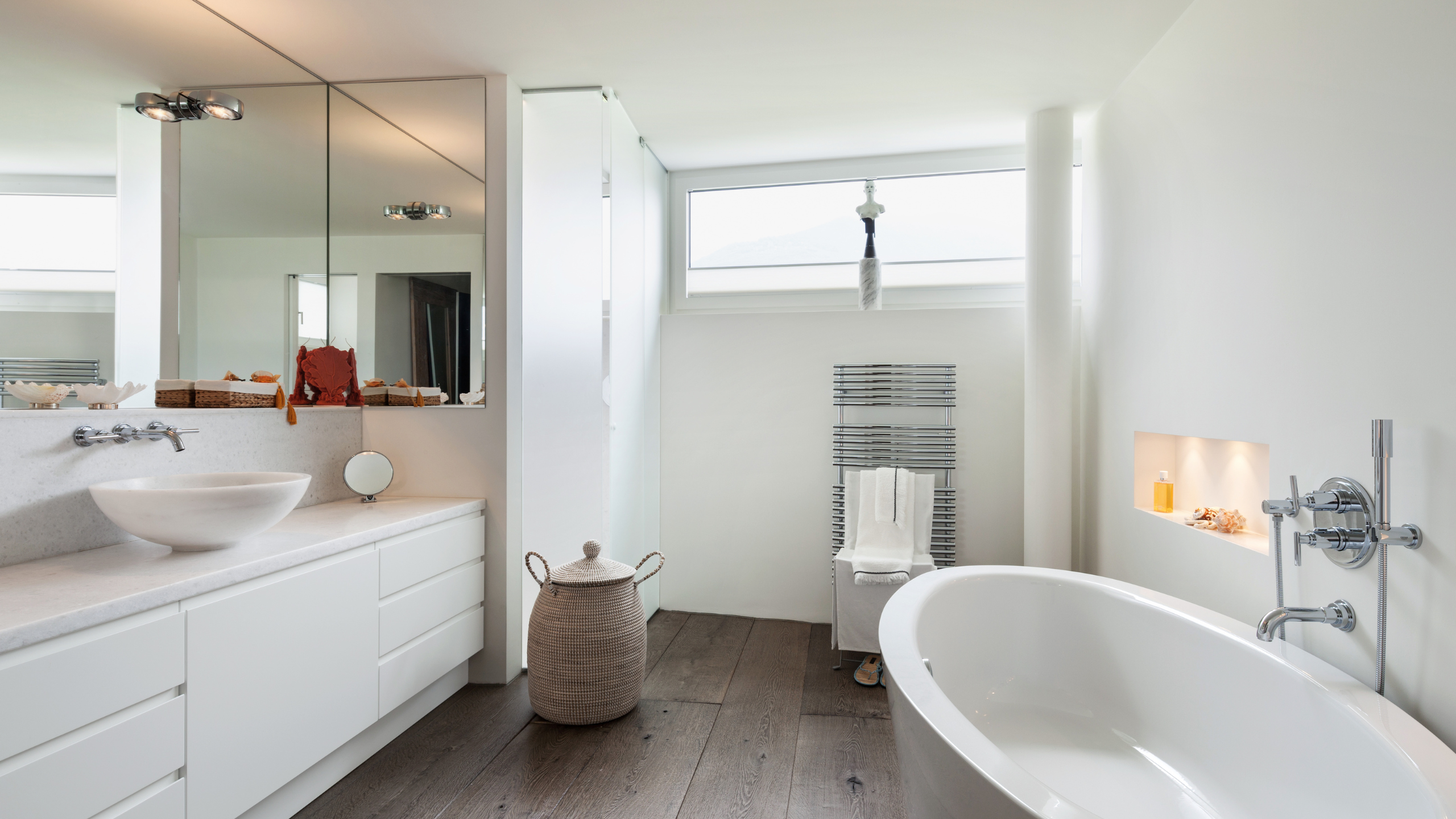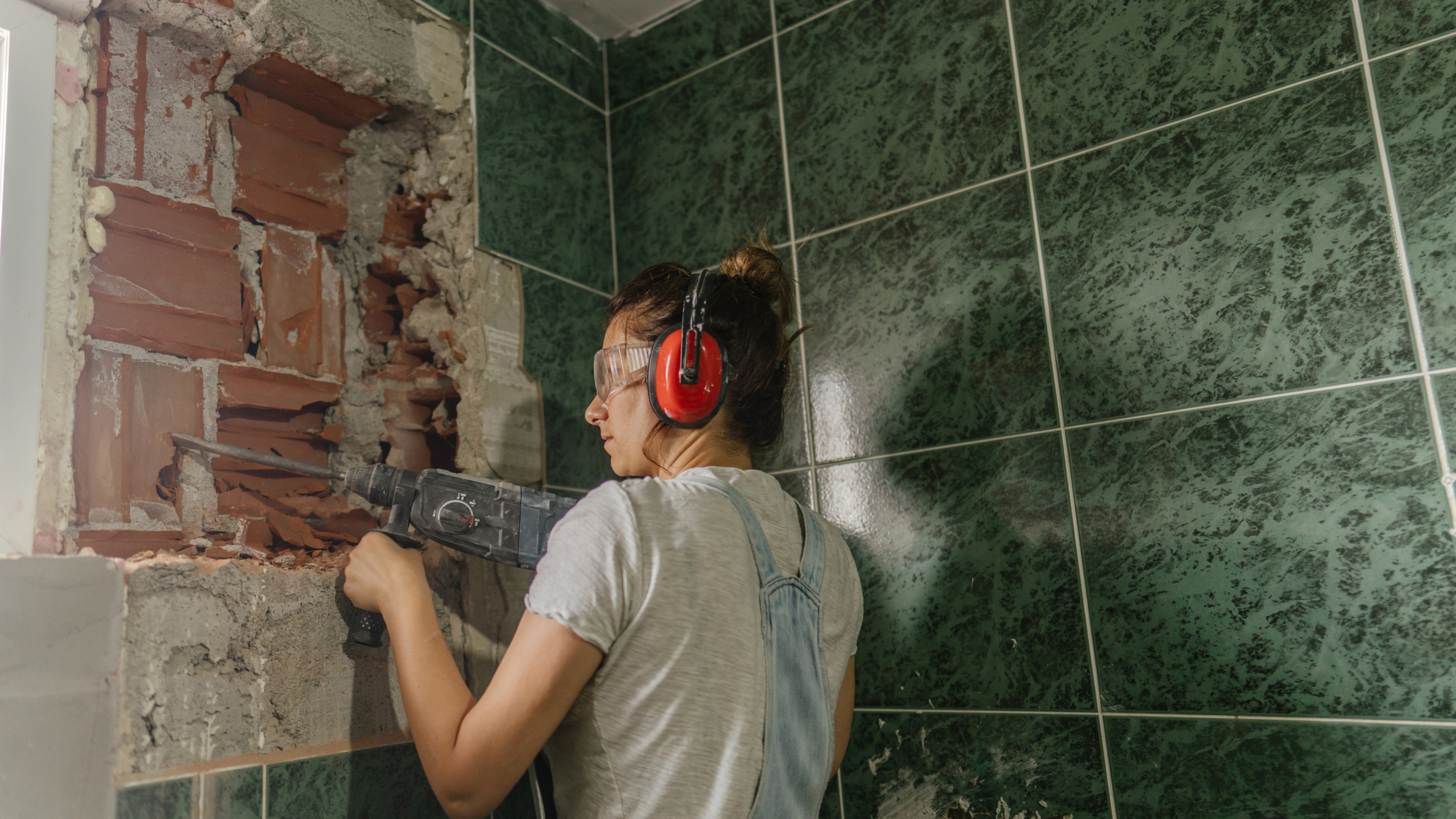Q: Why Redo the Finish, You Ask?
A: When calculating the cost of replacement, it is also necessary to factor in the labor and installation costs, removal and replacement prices, and the time and mess that bathroom remodeling typically requires. Refinishing is a fantastic alternative to replacement because it saves you more than 80% of the cost and raises the market value of your home.
Q: It’s uncertain how long the new finish will last.
A: Bathtubs and enclosures typically last ten years or more with proper maintenance. Wall tile can last much longer because it receives far less wear. Moreover, bathtub surfaces can be continuously renewed.
Q: How long does the bathtub refinishing process take?
A: The day after the project is complete. Be wary of any company making the claim that they can correctly install a regular tub or something larger in “1 or 2 hours.” The time frame is defined as the interval between our arrival and departure. If a single bathtub refinisher uses industry-standard technology and doesn’t cut corners, it will take longer than 1 or 2 hours from the time they arrive to the time they leave.
Q: My surface was recently refinished. How much time must pass before I use it?
A: After 24 hours, restrict the use of bathtubs and enclosures. Tile floors and countertops can be utilized 72 hours after the last coat has been placed. The warranty is void if the repaired area is used or disturbed before the recommended cure time.
Q: Do I need to take any action before the technician arrives?
A: Yes. Any leaky faucets and cracked tile or grout must be addressed before we can refinish them. Also, the tub’s water supply and drain systems must be in good working condition. All cleaning items, such as soaps, shampoos, razors, toothbrushes, curtains, shower rods, hanging caddies, and pictures, should be removed from the area. Remove everything that can be touched with a finger. Ideally, shower doors and tracks should also be taken out prior to our visit. Any equipment, such as pedestal sinks, toilets, vanities, cabinets, or other similar items, that would hinder the tile or tub from being refinished should be removed prior to our arrival. For hygiene reasons, you are more than welcome to vacuum the rooms and give them a quick cleaning, but it is not required. In a clean setting, less surface dust will gather on the recently refinished surface.
Q: Do reglazing and bathtub refinishing differ from one another?
A: No. Tub refinishing, tub reglazing, tile refinishing, or tile reglazing is the process of applying a new finish to a hard surface. Please be aware that this is not the same as applying brand-new porcelain. Porcelain can only be baked in kilns (ovens).
Q: Am I at risk from the surgery, along with my family and pets?
A: Our method does not hurt either humans or animals. We successfully block off and ventilate the spaces we’re working in, and we also mask odors using scent. It will still smell for the first 24 hours. Due to the wide range in sensitivity, it is typically preferable if you are not present when the actual spraying is being done.
Q: Are you offering a warranty with your services?
A: Yes. We provide a warranty against the finish on bathtubs, tile surrounds, and walls flaking or lifting on their own for a term of three years. It’s important to remember that this is not the same as the expected lifespan of your finish. Similar to how a car would exceed its warranty, your finish can last significantly longer with the proper upkeep. We do not cover chips caused by above-ground collisions. If a touch-up is required and falls within the terms of this guarantee, it is your responsibility to contact us soon away. The work will then be finished and the materials will be provided at no additional charge. If a problem is not covered by this guarantee, there will be a service or repair charge.
Keeping Up & Taking Care A bathtub, a sink, and tiles
- The treated surface needs to dry for 24 hours after the treatment is finished.
- Carefully take off any paper and masking tape after 24 hours.
- Within 24 hours, all hardware, such as drains, faucets, handles, etc., should be reinstalled.
- Suction-cup bath mats should never be used! Any suction cup could damage the surface.
- Never clean with an abrasive cleaner. Remove the cleanser entirely after use. Use only cleaning products free of bleach.
- The rim of the bathtub shouldn’t be used to store products like shaving cream, bath oil, shampoo, or soap. The finish could be harmed over time by the chemical nature of these materials.
- Fix any dripping faucets right away. Dripping water around drains causes premature wear and rust.
- Pouring liquid drain cleaner directly into the drain should be done with caution to avoid damaging the finished surface.
- The bulk of surface dust will evaporate in 3–4 weeks if you clean and use the area normally. Avoid wiping off surface dust with your fingertips.
